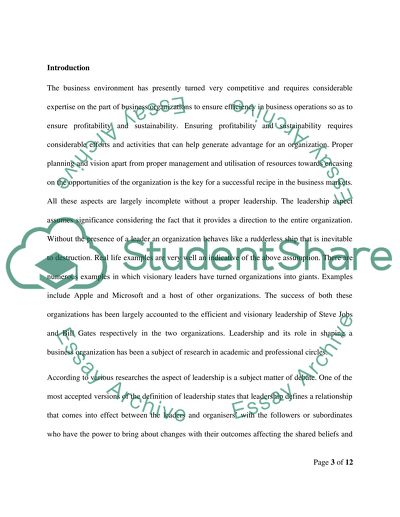Cite this document
(“Strategic Management & Change Essay Example | Topics and Well Written Essays - 2500 words”, n.d.)
Retrieved from https://studentshare.org/marketing/1394308-strategic-management-change
Retrieved from https://studentshare.org/marketing/1394308-strategic-management-change
(Strategic Management & Change Essay Example | Topics and Well Written Essays - 2500 Words)
https://studentshare.org/marketing/1394308-strategic-management-change.
https://studentshare.org/marketing/1394308-strategic-management-change.
“Strategic Management & Change Essay Example | Topics and Well Written Essays - 2500 Words”, n.d. https://studentshare.org/marketing/1394308-strategic-management-change.


